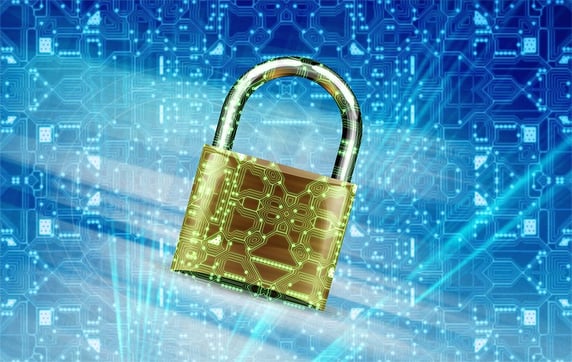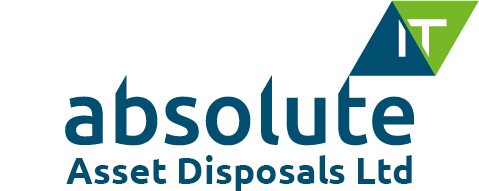
Ransomware is no joke, nor is it new; in fact, it has been responsible for the panic of many a computer user since 2005. This malicious form of software can render an entire network inaccessible, demanding money in exchange for decryption. It’s estimated that over £10m was extorted from targets by Russian ransomware developers in 2010 before arrests were made. (Please see source 1*)
Although many forms of ransomware can be relatively easy to remove, hackers are getting smarter. Recent versions of some ransomware are so sophisticated that they’ve stumped even renowned virus research labs. The development of ransomware is a lucrative proposition for cyber criminals; the stronger the encryption, the more likely a victim will be willing to hand over their money.
The worst part of ransomware, however, is that even if a victim does pay money to the cyber-criminal, there is no guarantee that they will get the code needed to fix their computer.
What Ransomware Does
There are several forms of ransomware in existence, but all operate in the same basic fashion. A user unknowingly downloads some kind of file from an infected website onto their computer. Once downloaded, that file executes, effectively ‘locking down’ the computer in some way until the ransom is paid.
The locking down of a computer can take many forms, from an annoying pop-up that won’t go away to more severe varieties which render document and image files completely unreadable and inaccessible. Ransomware can also be embarrassing, using attention-getting pop-ups in garish colours to proclaim that a user is being punished for their involvement in the reproduction of illegal or pornographic material.
For businesses, ransomware poses a significant threat; left unchecked, it can infiltrate entire networks to ruin years of hard work, often before the targets even know what’s happened.
Still other forms of ransomware represent government authorities, complete with official-looking government seals and stern messages that threaten the user with imprisonment should they not pay the ‘fine’ for engaging in illegal activity.
What IT Departments Can Do
Good housekeeping hardly seems like a sexy solution to combating the threat of sophisticated ransomware. However, it is a powerful weapon that is most often overlooked. One of the most important ways to combat the threat of ransomware is to ensure that data is backed up regularly and stored offline.
Another weapon is education; staff at every level need to know not only what ransomware is, but also the many different forms it can take. They also need to know how to identify and halt a possible ransomware attack. One example is to disconnect the computer from the internet as soon as unusual computer activity is detected, such as when the computer seems to be working harder than normal during regular program usage.
Ensuring that all definitions for viruses and malware are always up to date is another way to combat many types of ransomware. However, some recent ransomware releases, such as Spora are hybrid ransomware/worm combinations which can completely bypass these protections.
Professional Asset Assistance
When the threat of ransomware hits your company, it can help to have the advice of professionals on your side. Absolute IT are experts at data sanitisation, system security, asset disposal and more. Should ransomware render your data inaccessible, we can destroy your information storage devices or erase their data with Blancco, a powerful and accredited industry leader for data removal.
Our shredding services can render all of your data-containing items, even CDs and hard drives completely unusable, as it shreds to 6mm particulate. This can be useful in cases where drives and other media are no longer usable due to infiltration by ransomware or another type of attack.
Although some ransomware cannot be removed, the professional services offered by Absolute IT can make your information inaccessible to cyber criminals and provide you with peace of mind.
*Source 1:











